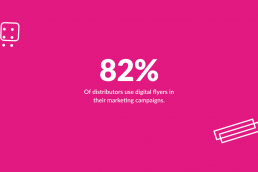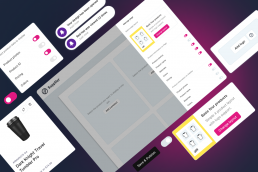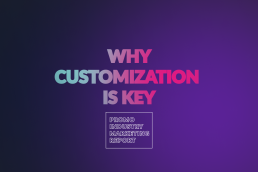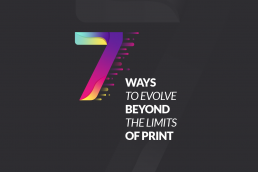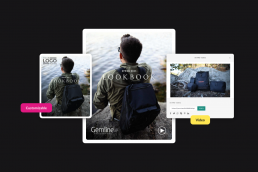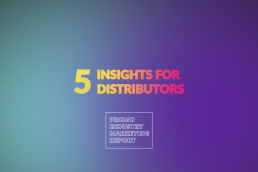Top ZOOMcatalogs of 2021
The top 20 most viewed ZOOMcatalogs of the year. Who made the list? Who topped this list? Find out...
Case Study: Label Works’ Story Board Flyers
Label Works is reimagining the value of a flyer. Moving beyond the basic sales circular, their new Story Board series showcases themes and…
5 Holiday Catalog Highlights
With the holidays coming up fast, we wanted to give you a sample of the fun and inspiring seasonal catalogs from your favorite industry…
Industry Marketing Report Deep Dive: Why Flyers Work
Why are flyers so popular? Both in print and digitally, flyers are the perfect medium for busy marketing professionals with even busier…
3 Key Insights from alphabroder’s Digital Evolution
When alphabroder decided to switch from print to digital, they didn’t hold back. The marketing team at alphaborder approached going digital…
Behind the Scenes: Building the Ultimate Presentation Tool
What’s next for ZOOMcatalog? We’re working on a new presentation tool we’re calling ZOOMcanvas.
Industry Marketing Report Deep Dive: Why Customization is Key
80% of distributors wish they had more content to customize. They’re clamoring for amazing, ready-made digital marketing materials. That's…
7 Ways to Evolve Beyond the Limits of Print
Interactive marketing campaigns allow you to create more than a static piece of marketing content. They allow you to create an entire…
3 Key Insights from Gemline’s Digital Evolution
Gemline has a long history of being one of the promotional products industry’s premier suppliers. Gemline has always been at the forefront…
Industry Marketing Report by ZOOMcatalog
We surveyed hundreds of the leading promotional products companies, dove deep into the tactics and strategies of some of the best suppliers…
5 Insights Distributors Need To Know: ZOOMcatalog Industry Marketing Report
We asked suppliers and distributors what they thought about the last year and what they expected for 2021.
5 Insights Suppliers Need To Know: ZOOMcatalog Industry Marketing Report
We’ve boiled down all the answers to our Industry Marketing Report into the top 5 key insights suppliers need to know right now.




